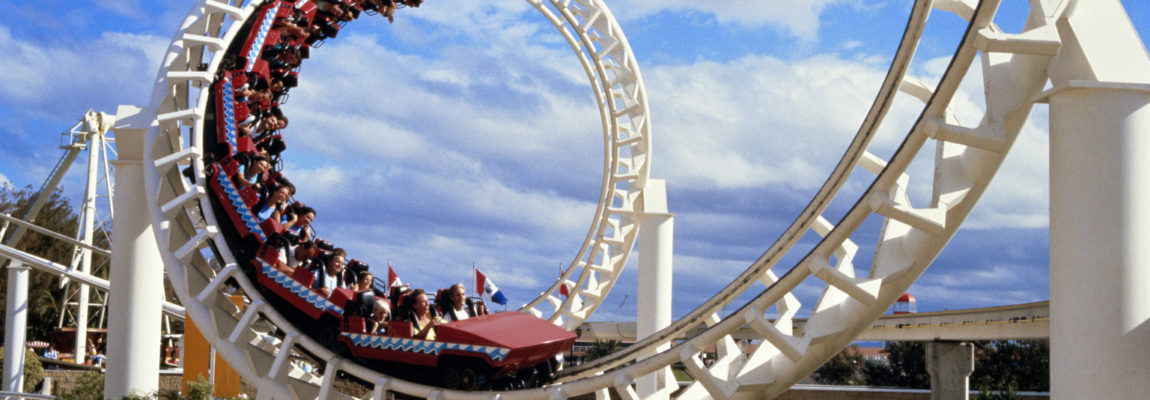There are few things that compare to a warm, sunny day in the summer where the whole family jumps in the car and heads over to the nearest amusement park to enjoy a day of laughs and thrills. Millions of people each year line up for roller coasters around countless amusement parks across the country. Unfortunately, some of these high-speed rides can have painful consequences.
Roller coasters and amusement parks are some of the most frequent causes of neck and spine injuries. The jerking, sudden movements, and intense increases of speed strain the neck muscles and can even result in further injury of the spinal cord. Some examples of these more serious injuries are herniated discs or whiplash (an injury to the soft tissues, muscles, and ligaments, of the neck from a sudden jerk of the head).
It can take a few hours or even days to notice the neck pain. Symptoms include stiffness, dizziness, headache, unusual sensations, or even memory loss and depression in a major case of a neck strain or neck sprain.
Here are some helpful tips for how to safely ride roller coasters and minimize the risk for back pain:
- Follow all warning signs: Don’t ride if you are pregnant, have heart problems, have a pre-existing condition or back or neck problems. Riders who are overweight should even be cautious, as the extra pounds will make the you feel less comfortable and add more weight to your spine increasing the risk for injury.
- Stretch regularly to try and strengthen your back muscles before and after visiting an amusement park.
- Be sure to stay hydrated.
- Make sure the seat is comfortable for you. Some parks provide a sample seat at the start of the line to allow visitors the chance to make sure they can fit comfortably once the ride begins. If a sample seat is provided, test it out just to be safe.
- Hold onto the grab bars. Grab bars are designed to keep people in the correct position for riding safely. Holding onto the bars will keep you in alignment and also make you feel more secure.
- Keep your eyes open! This one is important because the eyes are what informs the body of what is coming next. Keeping your eyes open will allow you to subconsciously prepare for whatever loop or drop comes next on the track.
- Keep your head back when the ride begins. This is often requested on rides that accelerate immediately but should be recommended for most rides. It will greatly decrease the risk for a neck injury or whiplash and will also keep your head from bouncing around.
- Follow all park rules. Do not risk further injury by recklessly endangering yourself.
- Be sure not to lean forward throughout the ride. The forward flexion of the spine, along with the twisting and rotation from sudden turns, increases pressure at the back side of the disc where your spinal canal is located. This could result in back pain, especially if you have a history of disc problems.
In the end, just be cautious when riding. A past injury will be less likely to flare up if all rules and procedures are followed. Be sure to have both a fun and safe summer.

